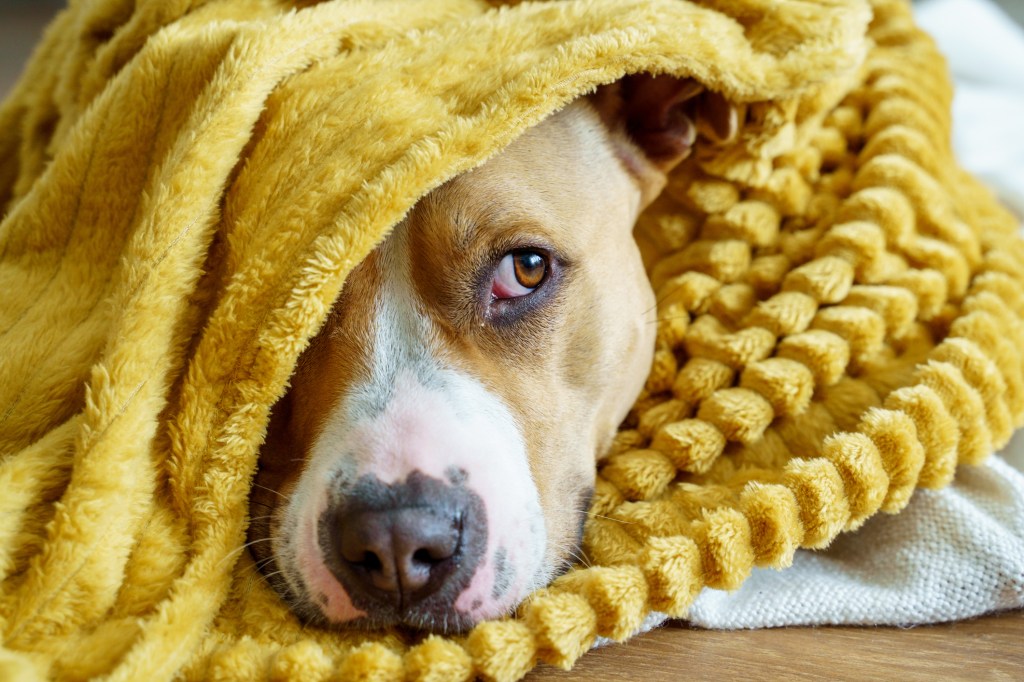Monitoring your furry companion’s water intake ranks among the top priorities for a responsible pet parent. Adequate hydration is essential for your dog’s vitality and overall welfare. Nonetheless, there can be a case when you notice your dog is not drinking enough water. It’s natural to be concerned about this and wonder what the appropriate course of action is to pursue.
Medical reasons your dog might not be drinking enough water

There could be underlying medical issues if your dog does not frequently go to their water bowl. Some of these reasons are discussed below.
Bladder infection
One of the most common causes of why dogs stop drinking water is a bladder infection. In particular, a bladder infection can be extremely painful for the animal. Additionally, dogs suffering from this condition typically exhibit a loss of appetite. Other signs of this infection include inappropriate urination or increased frequency of urination. Coupled with diminished thirst and hunger, these symptoms signal the necessity for veterinary evaluation and prompt treatment.
Food poisoning
When dogs ingest anything harmful, like toxins or bad food, they can fall ill quickly. This can lead to nausea in dogs, decreased appetite, and thirst. Moreover, an initial lack of appetite and thirst often serves as an early warning sign, eventually progressing to symptoms like vomiting, diarrhea, and more severe complications. Instances of poisoning necessitate urgent attention due to their rapid onset. Accordingly, you must take your dog to the vet immediately if you suspect they have ingested a toxic substance.
Dental issues
Your dog may be experiencing mouth discomfort if they show disinterest in eating or drinking. This could pose potential long-term health hazards. Thus, immediate attention to the underlying dental issue is indispensable. Such issues may include abscesses, dental disease, or broken teeth. Furthermore, problems related to their teeth and mouth can adversely affect your dog’s heart health, underscoring the importance of addressing these concerns promptly and diligently.
Anxiety
Anxiety can be a potential issue behind your pet dog not drinking enough water. The condition can stem from various life changes like family departures or moving to a new house. Severe separation anxiety may result from significant alterations in the household, causing a loss of appetite and thirst in your pet.
Other health problems
Other health problems can also deter your dog from consuming water. Diabetes or kidney disease may be to blame. Symptoms such as lethargy and loss of appetite require contacting the vet as soon as possible.
Non-medical reasons your dog might not be drinking enough water

Medical reasons are not the sole cause of dogs not drinking enough water. Let’s explore other potential causes leading to your pup’s dehydration.
Bad water
Moving to a new area can introduce unfamiliar water to your dog, potentially deterring them from drinking due to strange odors. Contaminated water may also be a reason for refusal until it’s purified. While not all dogs are sensitive to water odor, transitioning from well water to city water, for example, can disrupt their drinking habits. You can introduce safe flavorings or ensure water cleanliness to help acclimate your dog to the new environment and ensure their hydration safety.
Change in weather
A shift in weather could contribute to your dog’s decreased water consumption. During the fall season, many dogs naturally reduce their water intake. Cooler temperatures often decrease thirst, especially if the dog hasn’t engaged in much physical activity. Without significant exertion, dogs may not exhibit the same eagerness to drink a lot of water. This decrease in water intake is typical as long as your dog continues to drink some water.
Being old
As dogs age, they may naturally reduce their water intake. This can stem from factors such as decreased mobility — making it challenging to access water — or reduced thirst and hunger signals. Older dogs typically engage in less physical activity than their younger counterparts, affecting their hydration needs. As such, you can transition to wet food or provide an alternative water intake method to ensure they remain hydrated.
New surroundings
When in an unknown or new environment, dogs may change their behavior. They might appear less energetic and may not consume food or water as usual. Dogs’ keen sense of smell can make them perceive unfamiliar water sources as potentially unsafe. This is a trait rooted in their survival instincts developed over centuries. To ease their discomfort in unfamiliar places, consider bringing along a familiar water bottle or bowl from home to make them feel more at ease.
Association with an unpleasant memory
Some dogs may link drinking water with an unpleasant memory. For instance, if you adopt a dog from a shelter, they might refuse to drink from the same type of bowl provided by the shelter due to negative associations. If you suspect this, try introducing a new bowl with a different appearance and placing it in a new spot, which might resolve the issue promptly.
If your dog stops drinking water abruptly, take them to the vet immediately
To encourage your dog to drink water, you can moisten their dry food slightly or offer ice cubes as a crunchy snack with zero added calories. You can also experiment with a new bowl or different placement to entice them. Additionally, consider providing alternatives like carbonated water, Pedialyte, low-sodium soup broth, or juice from canned chicken or tuna. If these methods yield no improvement within 24 hours, consult your vet for further guidance to prevent severe dehydration. Contact an emergency vet if immediate veterinary care isn’t available to avoid worsening dehydration.









